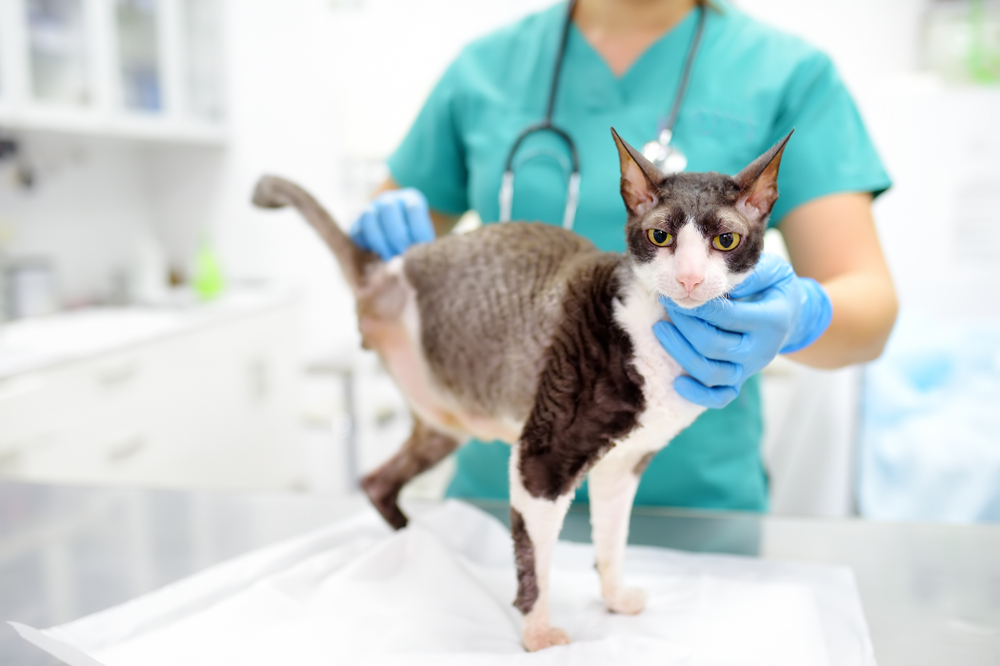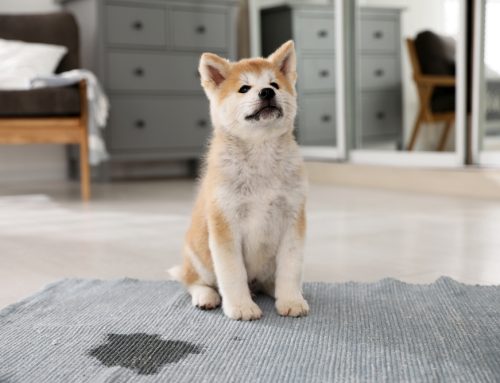Caring for a pet with a disability is no easy task. Whether you’ve welcomed a disabled pet into your home, knowing the underlying condition, or something happened later to a beloved companion, a disability can be well-managed to grant your pet a wonderful quality of life. The best part of having a disabled pet is that they don’t know they’re different—a disability does nothing to slow them down, and they are still happy and full of life. We can learn so many life lessons from our pets, and this is one of the most heartwarming. Return the love and devotion your disabled pet has shown you by implementing a few simple tips that will help make their life a bit easier.
How to care for a blind pet
Sometimes a pet will be born blind, or suffer from an eye injury or infection that causes loss of sight. Many older pets slowly lose their vision through normal aging changes or cataracts, and may only see shadows and vague shapes. But, don’t restrict your pet to a small area inside your home because of their lack of sight. You will have to take proper precautions to keep your furry pal safe and secure, but your pet can still enjoy many of the same activities as sighted pets. Here are a few tips to enrich your pet’s life while still keeping them safe:
- Furniture — Avoid rearranging your furniture as much as possible. Your pet will learn the layout of your home, and navigation will be easier, if large objects stay in the same place.
- Ramps — Consider ramps instead of stairs, to allow your dog to go outdoors. A sloped ramp will be much easier for a blind pet to traverse than a set of stairs.
- Hazards — Check your home regularly for pitfalls and hazards, removing or blocking access to items that may injure your pet, such as space heaters.
- Enrichment — Provide ample enrichment to keep your pet entertained, such as food puzzles and long-lasting treats.
- Lookouts — Keep your blind cat safe by removing tall climbing trees with lookout towers, and instead place shorter cat trees in favorite spots.
How to care for a deaf pet
Caring for a deaf pet is similar to a pet with hearing. The key to ensuring your furry friend’s safety is to teach hand signals, and always stay nearby to visually guide your pet to safety. Here are a few additional tips for caring for your deaf pet:
- Secure the yard — Always double-check that your yard is secure before letting your deaf dog outside. Without hearing, your pet will be unable to hear you calling them to your side, and you don’t want them to wander off.
- Use a leash — When walking your deaf dog, always keep them on a leash. They will not be able to hear approaching traffic or other dogs, and can be startled or injured. Plus, it’s difficult to call your dog back, if they are out of visual range and cannot pick up on your hand signals.
- No surprises — Never approach your deaf pet while sleeping. Your deaf pet cannot hear you approach, can easily be frightened awake by your touch, and may scratch or bite out of fear. Instead, toss a treat in front of your pet’s nose. Watch the smelling salt effect take place, and then approach your pet once fully awake.
How to care for a pet with an amputation
A pet with an amputation adjusts remarkably well to being three-legged, and rarely slows down after the initial postoperative period. While they don’t realize they may need to take life a bit easier, you can help your amputee pet with the following tips:

- Keep pets lean and trim — Excess weight will exert considerable additional pressure on the remaining joints and limbs, and two-legged pets cannot function nearly as well as three-legged pets.
- Engage in regular, low-impact exercise — Routine exercise will keep muscles strong, which is vital for continued mobility. Avoid rough play and intense exercise, as these activities can put too much strain on the remaining limbs, and lead to injury.
- Modify your home — Provide easier movement, by placing carpet runners down on slick floors, building ramps next to stairs, and limiting your pet’s area to one level, with all necessary resources on the same floor.
- Invest in an orthopedic bed — A high quality orthopedic bed will cushion your pet from hard surfaces.
Contact the team at the Animal Clinic of Council Bluffs for advanced treatment designed to alleviate pain, and restore your pet’s normal body function through a variety of alternative therapies. Pets with an amputated limb will likely develop osteoarthritis later in life because of the additional stress on the remaining limbs, and will benefit greatly from preventive care. We offer stem cell therapy, platelet-rich plasma therapy, and chiropractic and spinal manipulation therapy to keep your furry pal comfortable and mobile.
If you are unsure how to provide the best care possible for your disabled pet, contact us. We can create a custom care plan designed to grant your best friend a high quality of life.






Leave A Comment